-
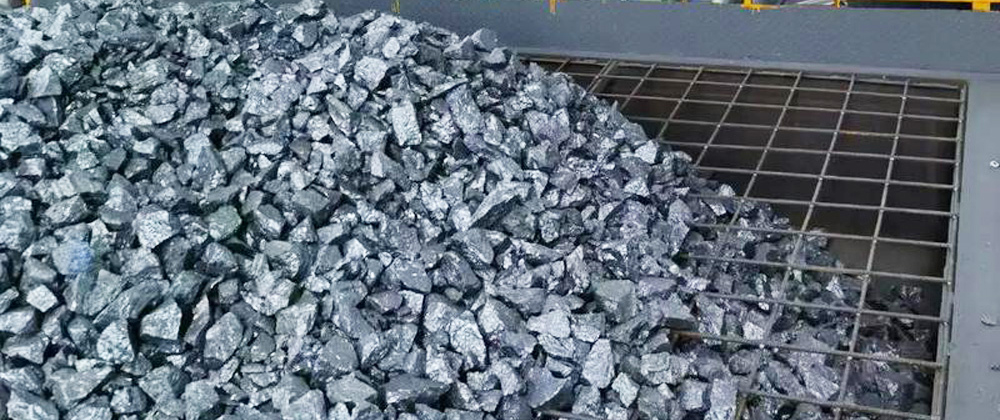
Top 10 export countries of China’s industrial silicon in September
In September 2024, China exported industrial silicon to 53 countries/regions, with a total export volume of 65,193.071 tons. Among them, the top ten countries or regions exported 55,376.88 tons, accounting for 84.94% of the total export volume. Rank Country Quantity(Ton) Total (¥) CNY/Ton 1 Japan 11821.96 147,278,339 12458.03 2 UAE 8909 107,671,454 12085.69 3 Thailand 5812 68,791,764 11836.16 4 India 5312.9 61,306,844 11539.24 5 Bahrain 4764 57,551,650 12080.53 6 South Korea 4749.11 59,469,100 12522.16 7 Netherlands 4721 58,842,218 12463.93 8 Malaysia 3699.915 40,891,993 11052.14 9 U.K. 3404 44,531,929 13082.24 10 Mexico 2183 25,587,448 11721.23 Total / 55376.885 671922739 12133.63
10-21Learn More
-
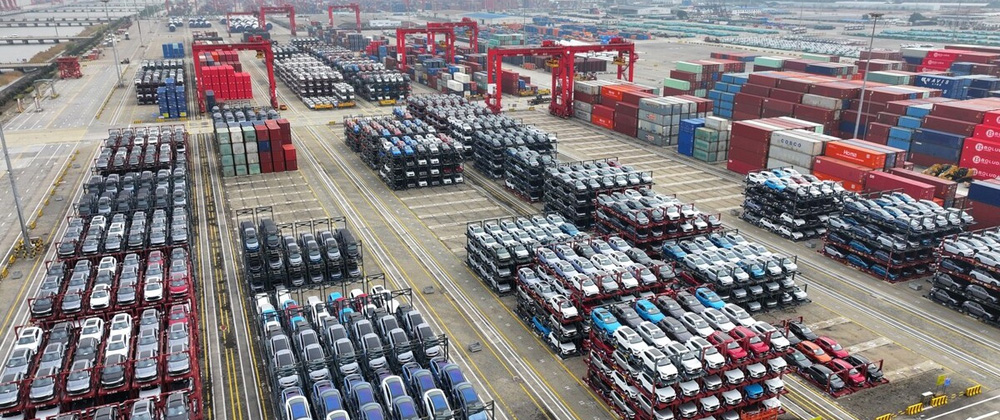
China’s electric vehicle exports increased 15.6% in September
According to the analysis of the China Association of Automobile Manufacturers, in September 2024, automobile exports increased both year-on-year and month-on-month. In September 2024, automobile exports reached 539,000 units, a month-on-month increase of 5.4% and a year-on-year increase of 21.4%. From January to September 2024, automobile exports reached 4.312 million units, a year-on-year increase of 27.3%. Among them, in September 2024, electric vehicle exports reached 111,000 units, a month-on-month increase of 0.9% and a year-on-year increase of 15.6%. From January to September 2024, electric vehicle exports reached 928,000 units, a year-on-year increase of 12.5%.
10-18Learn More
-
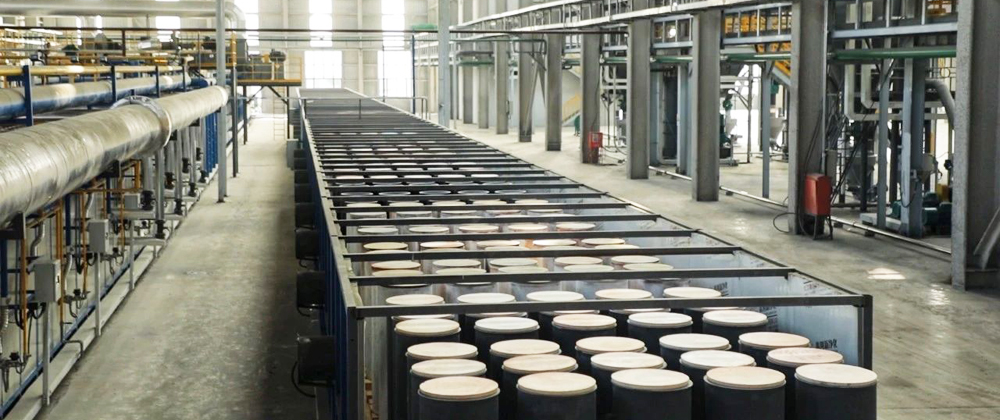
Posco’s new NCA cathode material plant starts production
On October 14, Posco Future M, a subsidiary of South Korean battery material producer Posco Group, started production of nickel-cobalt-aluminum (NCA) ternary cathode materials ahead of schedule at its plant in Pohang, North Gyeongsang Province, citing “customer requirements”. The plant’s 30,000-ton annual NCA cathode material plant was originally scheduled to start production and sales in 2025. Future M is building another NCA plant in Gwangyang, South Jeolla Province, which will have an annual production capacity of 52,500 tons. The company signed a 10-year agreement in 2023 to supply high-nickel NCA cathode materials to battery manufacturer Samsung SDI, which will come from part of the production line of the upcoming Gwangyang plant. The company said on October 14 that it expects cathode material production capacity to reach 248,500 tons/year by 2026, including 106,000 tons/year at Pohang and 142,500 tons/year at Gwangyang, as the electric vehicle (EV) market continues to slow. Those capacities are significantly below the company’s target of 320,000 tonnes/year by 2025, which it said in July last year. In early September, POSCO Future M suspended plans to build a nickel sulfate and precursor plant with Huayou Cobalt due to slowing electric vehicle sales outside...
10-17Learn More
-
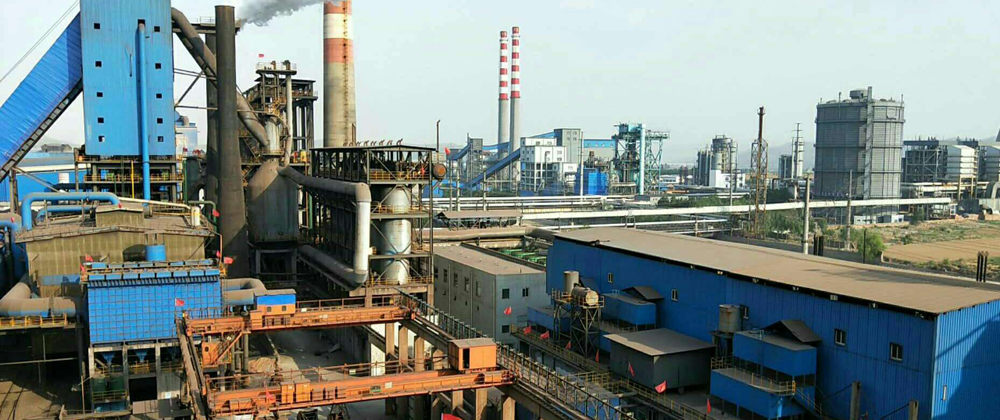
Kobe Steel to build direct reduction iron plant in Oman
On April 10, Japanese steelmaker Kobe Steel (Kobelco) announced that it had signed a memorandum of understanding with the Oman Special Economic Zone and Free Zone Public Authority (OPAZ) in collaboration with Japanese trade and investment company Mitsui to jointly develop a low-carbon direct reduced iron project. The project will be built in Oman’s Duqm Special Economic Zone (SEZAD) and is expected to produce 5 million tons of direct reduced iron (DRI) per year using the MIDREX process. MIDREX is an innovative ironmaking process that uses iron ore and natural gas or hydrogen to produce direct reduced iron. Compared with traditional blast furnaces that mainly use coal, production using the MIDREX process can reduce carbon dioxide emissions by up to 40%. The project temporarily uses natural gas as a reducing agent, and will consider replacing natural gas with hydrogen in the future, and combining carbon capture, utilization and storage technology (CCUS) to further reduce carbon dioxide emissions. Before the project starts, Kobe Steel and Mitsui & Co. will conduct detailed business studies and plan to start production by 2027. The products will then be supplied to Asian companies including Kobe Steel and markets such as Europe.
04-14Learn More
-
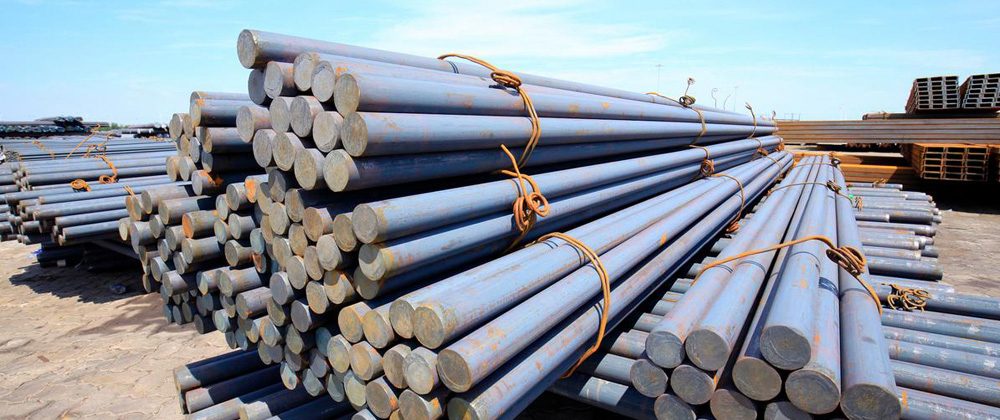
Global crude steel production remained unchanged in October
On November 22, the World Steel Association (WSA) released global crude steel production data for October 2022. In October, the crude steel production of 64 countries and regions included in the World Steel Association statistics was 147.3 million tons, the same as the same period last year. In October, Africa’s crude steel production was 1.4 million tons, an increase of 2.3% year-on-year. Asia and Oceania’s crude steel production was 107.3 million tons, an increase of 5.8% year-on-year. The EU (27 countries) produced 11.3 million tons of crude steel, a year-on-year decrease of 17.5%. Other European countries produced 3.7 million tons of crude steel, a year-on-year decrease of 15.8%. The Middle East produced 4 million tons of crude steel, an increase of 6.7% year-on-year. North America produced 9.2 million tons of crude steel, a year-on-year decrease of 7.7%. Russia and other CIS countries (including Ukraine) produced 6.7 million tons of crude steel, a year-on-year decrease of 23.7%. South America produced 3.7 million tons of crude steel, a year-on-year decrease of 3.2%. Looking at the world’s top ten steel producing countries (regions), in October, mainland China’s crude steel output was 79.76 million tons, an increase of 11.0% year-on-year. India’s...
11-25Learn More
-
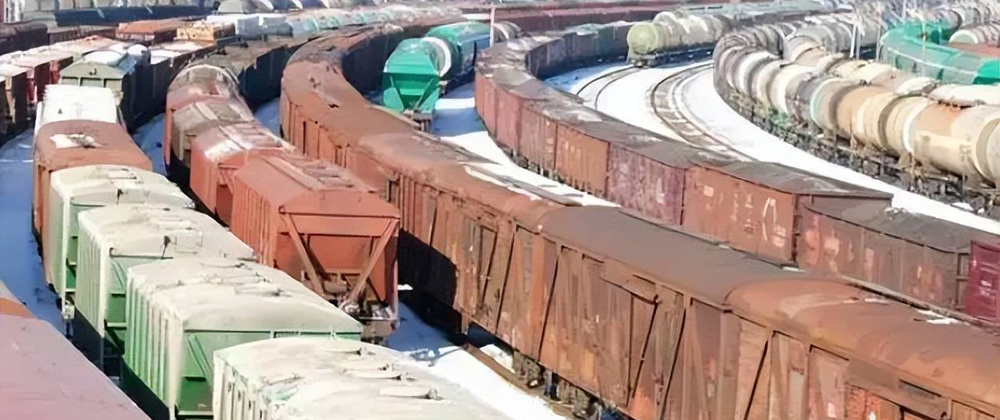
Russian metallurgical product exports to Asia may further increase
“Europeans are now refusing to buy Russian steel products,” Russian Prime Minister Mikhail Vladimirovich Mishustin said at the Russian Manufacturing Forum in Moscow. “We have already increased our steel exports to the Asia-Pacific region and the CIS. Taking into account other factors, Russian metallurgical products and other goods exports to Asian countries may grow further.” However, the Russian government’s previously released “Steel Strategy 2030” pointed out that the growth of steel production capacity in Asia and the Middle East will make it difficult for Russian steelmakers to shift their export direction from the West to the East. The European Commission recently announced the eighth round of sanctions against Russia, expanding the scope of the ban on imports of Russian steel products. The World Steel Association pointed out in its latest version of the steel demand forecast report that although Russia faces increasingly stringent EU sanctions, its steel demand is expected to shrink less than expected at the beginning of the Russian-Ukrainian conflict due to high oil prices and the government’s support for the construction industry.
11-10Learn More
